Iran has long been recognized as one of the most strategic transit hubs in the world. Located at the crossroads of Europe, Asia, and the Middle East, the country connects major international markets and serves as a critical land bridge between East and West. Over the past decades, Iran has developed an extensive network of roads, railways, ports, and logistics corridors that make it a central gateway for trade, energy, and goods transportation. Understanding Iran’s key transit routes to Europe and Asia helps businesses, logistics companies, and international traders optimize their shipping operations and reduce transit times.
1. Iran’s Strategic Position in Global Transit
Iran’s geographic location gives it direct access to multiple trade corridors. Bordered by 15 neighboring countries by land and sea, Iran provides one of the shortest and most cost-effective routes for cargo traveling between Asia and Europe. It serves as a connector between the Caspian Sea in the north, the Persian Gulf and the Oman Sea in the south, and major Asian trade hubs like China, India, and Southeast Asia in the east.
This advantageous position has made Iran a vital part of several international transport initiatives, including:
- The International North–South Transport Corridor (INSTC)
- The Silk Road Economic Belt (part of China’s Belt and Road Initiative)
- Transit corridors linking Central Asia to Europe via Turkey and the Caucasus
These routes not only boost Iran’s trade potential but also give foreign logistics companies access to emerging markets in the Middle East, Central Asia, and beyond.
Read more: Ground Freight
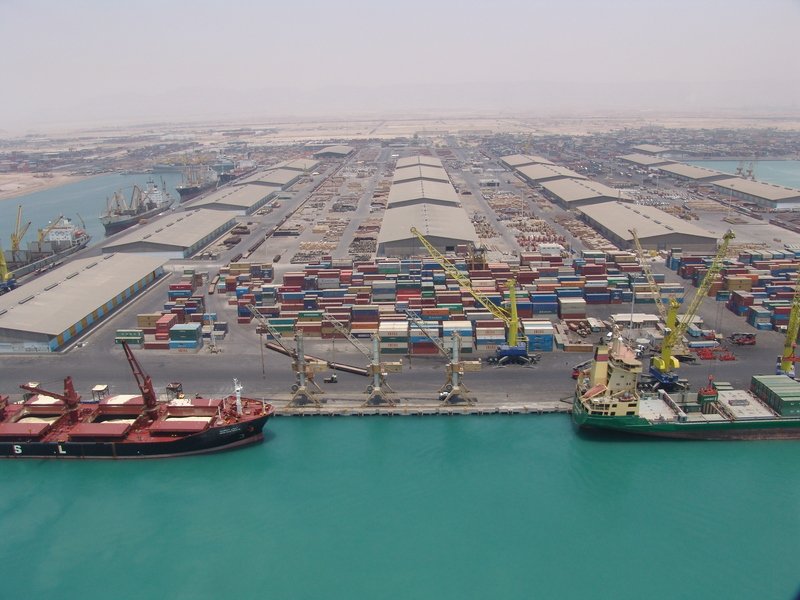
2. Main Transit Routes from Iran to Europe
Iran’s western corridors play a significant role in connecting Asian countries to European markets. Some of the key routes include:
- The Iran–Turkey–Europe Corridor
This is the most widely used overland route connecting Iran to Europe. Goods are transported from Iranian cities such as Tehran or Tabriz to Turkey via Bazargan or Razi border crossings. From there, they continue through Turkey into European countries like Bulgaria, Romania, Hungary, and Germany.
- Advantages: Fast road access, modern customs facilities, and integration with European road networks.
- Uses: Ideal for trucks, trailers, and time-sensitive shipments.
- The Iran–Azerbaijan–Russia–Europe Route (INSTC)
As part of the International North–South Transport Corridor, this route links Iran to Russia via Azerbaijan and then extends into Northern and Eastern Europe. The journey often combines road, rail, and maritime transport.
- Advantages: Lower costs compared to traditional sea routes through the Suez Canal.
- Uses: Suitable for heavy cargo, containers, and energy products.
- The Iran–Armenia–Georgia–Black Sea–Europe Route
This corridor connects Iran to the Black Sea ports of Georgia, where goods can be shipped by sea to European destinations.
- Advantages: Multi-modal transport combining road and maritime logistics.
- Uses: Useful for goods headed toward the Balkans, Southern, and Eastern Europe.
Read more: How to Ship Goods from Iran to the UAE, Qatar, and Oman
3. Transit Routes from Iran to Asia
Iran also serves as a vital eastward gateway, linking the Middle East to Central and South Asia.
- The Iran–Turkmenistan–Kazakhstan–China Route
This corridor is part of the Silk Road Economic Belt and provides a direct rail and road link from Iran to China. It allows cargo to travel from the Persian Gulf ports through Iran to Central Asia and on to western China.
- Advantages: Reliable for bulk goods, minerals, and manufactured products.
- Uses: Strategic for connecting Persian Gulf trade with Chinese and Central Asian markets.
- The Iran–Pakistan–India Route
Through the Mirjaveh border in southeastern Iran, this corridor links Iranian ports and industrial hubs with Pakistan and India. Combined with maritime routes through the Chabahar Port, it offers access to the Indian Ocean.
- Advantages: Expanding infrastructure and international cooperation, especially under India’s investment in Chabahar.
- Uses: Best for containerized goods and exports to South Asian markets.
- The Iran–Afghanistan–China Route
Despite security challenges, this route provides Afghanistan and western China with an alternative trade link through Iran’s road and rail systems.
- Advantages: Shorter distance and reduced dependency on other regional routes.
- Uses: Suitable for regional trade and reconstruction materials.
Read more: Transit to CIS Countries via IRAN
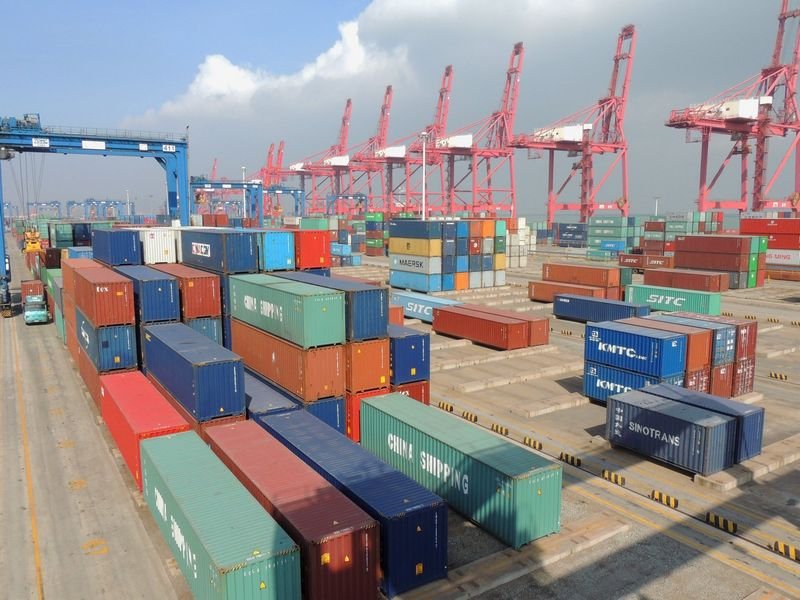
4. The Role of Iranian Ports and Railways
Iran’s ports play an essential role in its transit connectivity. Bandar Abbas, Chabahar, and Imam Khomeini Port are among the most significant maritime gateways that handle cargo destined for Europe, Asia, and Africa.
The Chabahar Port, in particular, has gained international attention as it allows India, Iran, and Afghanistan to bypass Pakistan for trade, making it a strategic node in global logistics. Meanwhile, Iran’s expanding railway network connects ports to inland cities and borders, making intermodal transportation seamless.
5. Advantages of Using Iran’s Transit Routes
Businesses and logistics operators benefit from several key advantages when routing shipments through Iran:
- Reduced transit times compared to long maritime routes through the Suez Canal.
- Lower transportation costs due to shorter distances.
- Access to multiple regional markets through well-connected land borders.
- Integration with international corridors like INSTC and Belt & Road.
- Growing investment in infrastructure and customs modernization.
Conclusion
Iran’s position as a central transit hub between Europe and Asia makes it an invaluable link in global logistics and trade. With improved infrastructure, modernized ports, and expanded international partnerships, Iran is steadily becoming one of the most efficient routes for intercontinental cargo movement. As global trade patterns shift, the country’s strategic corridors are set to play an even greater role in connecting East and West.
FAQs
The Iran–Turkey–Europe corridor is currently the fastest overland route, offering direct road connections from Iran to major European countries.
Chabahar Port is the most strategic option for trade with India, Pakistan, and other South Asian countries due to its access to the Indian Ocean.
Yes. The Iran–Kazakhstan–China railway connection enables direct cargo movement to western China as part of the Belt and Road Initiative.
Yes. Many freight forwarders offer flexible solutions like LCL (Less than Container Load) or shared shipments, enabling small and medium-sized exporters to trade globally.

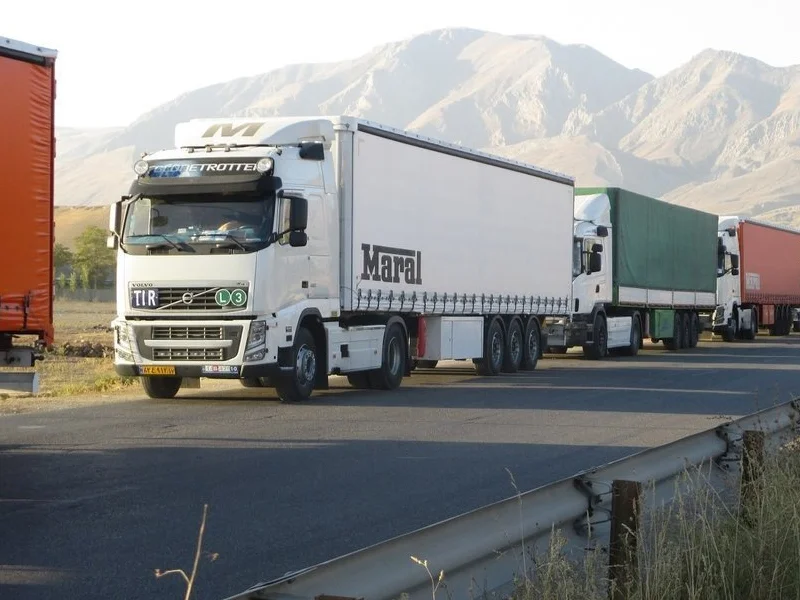

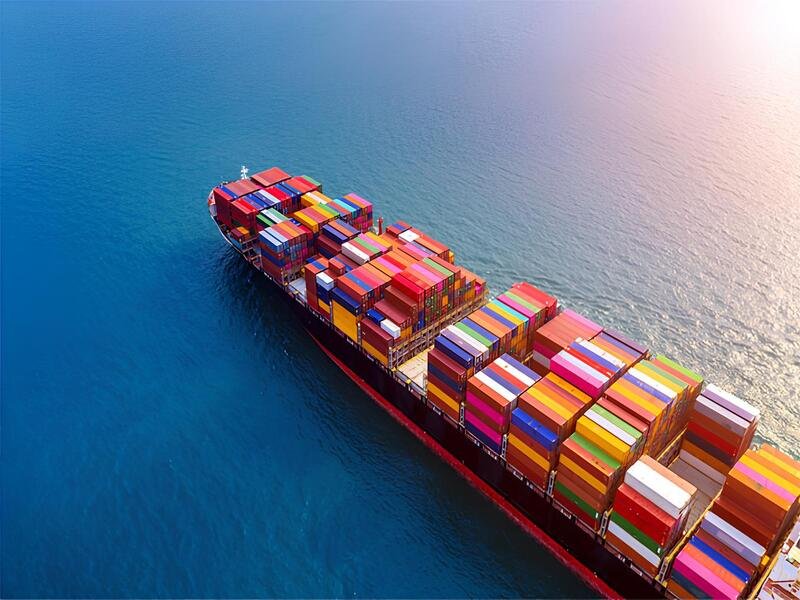
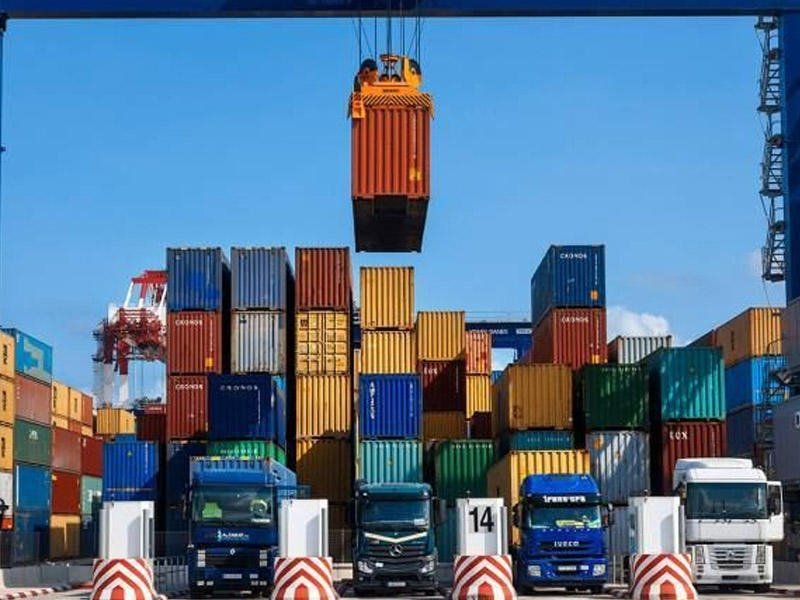
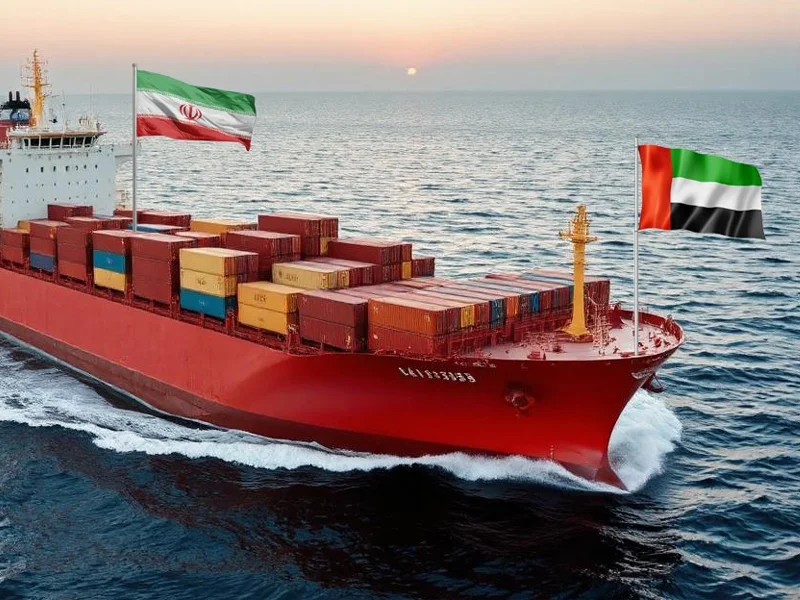
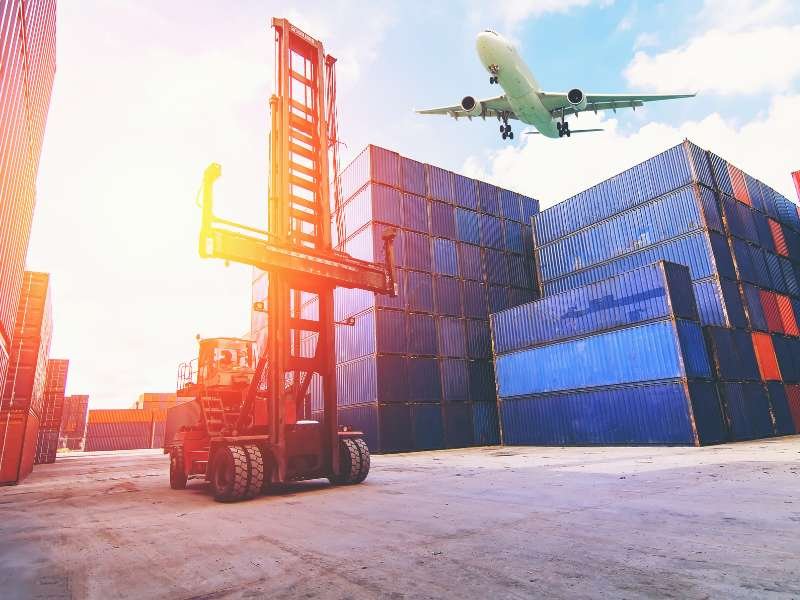


Recent Comments